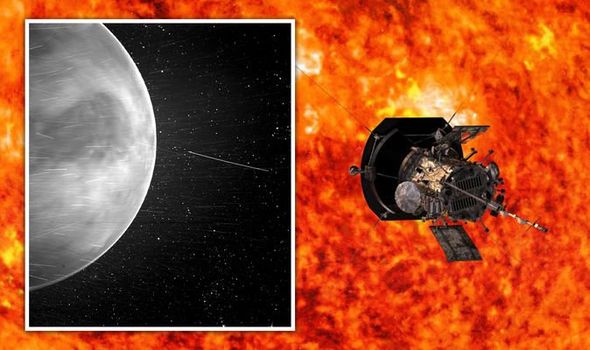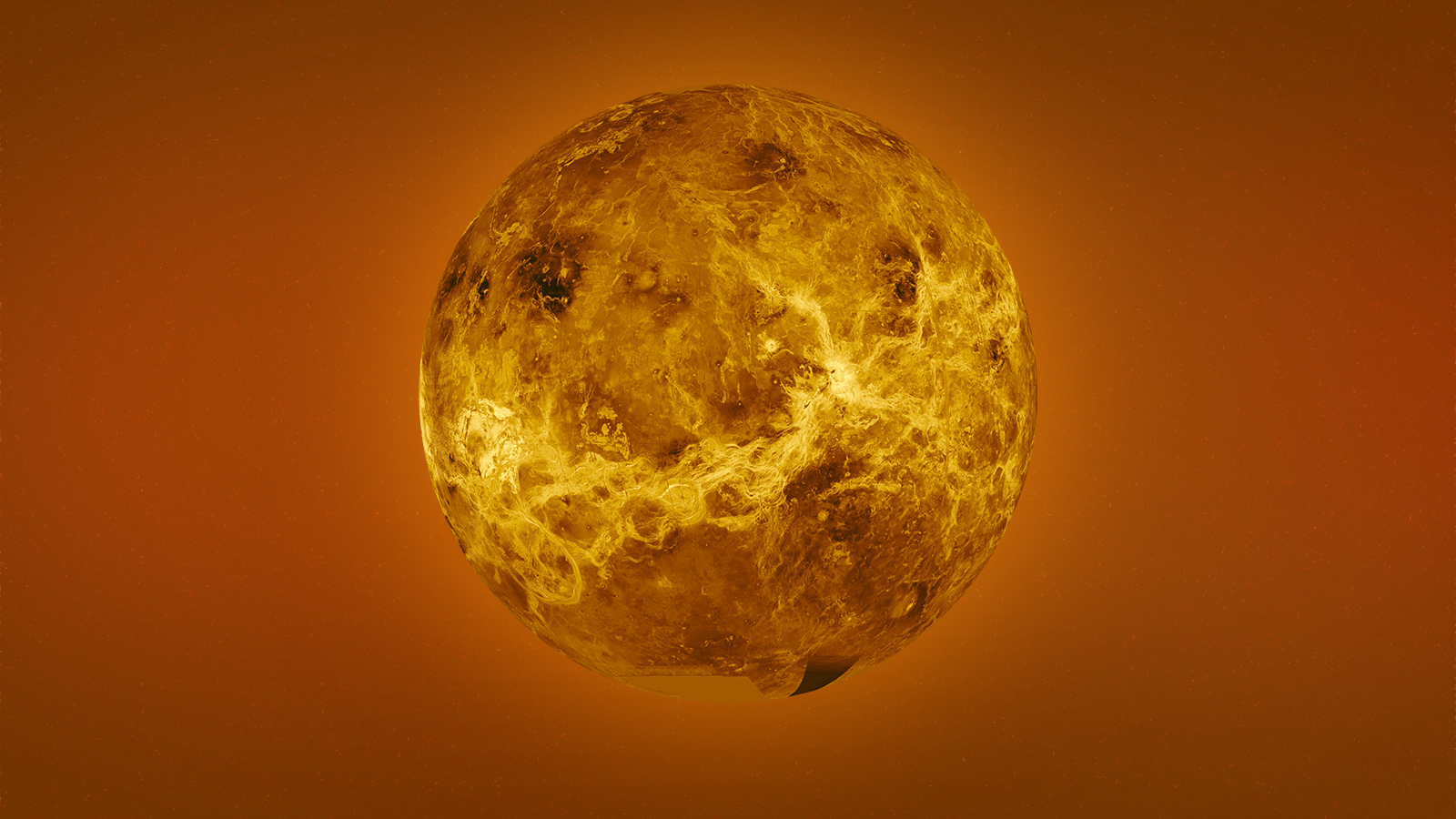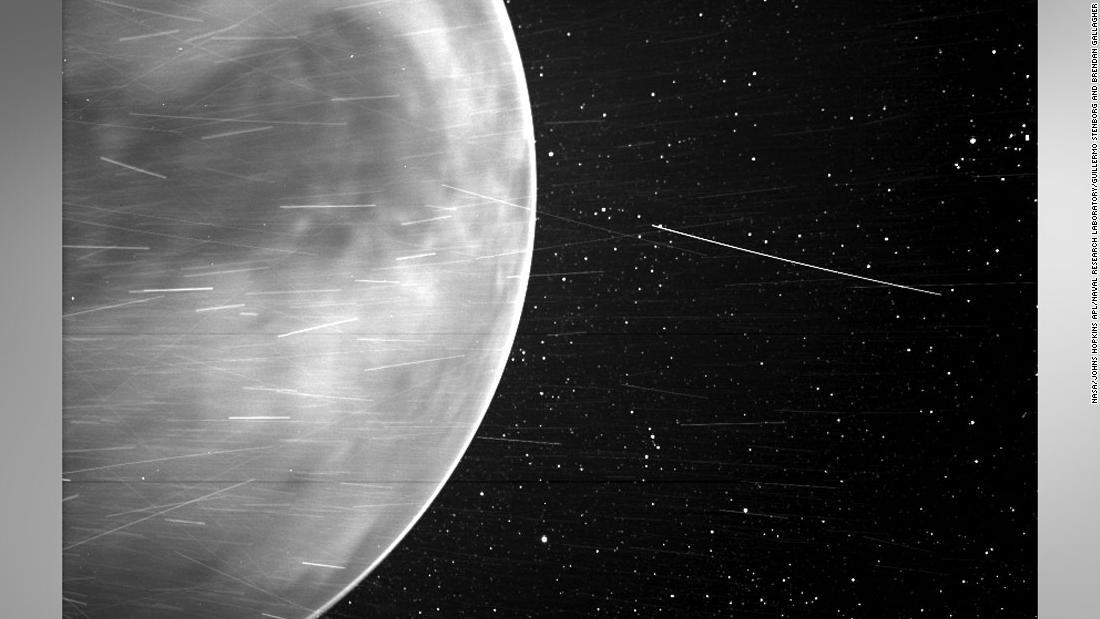Nasa’s solar probe sends stunning image of Venus and its terrain

The National Aeronautics and Space Agency (Nasa) on Thursday shared unseen pictures of the planet Venus captured by its Parker Solar probe. The Parker Solar probe flew close to the second planet of the solar system and provided pictures of what the space agency termed as ‘unexpected views of the inner solar system.’
The picture shared by Nasa of the onboard Wide-field Imager inside the Parker Solar Probe (WISPR) was originally clicked in July 2020. The image shows how Venus’ surface looked during nighttime. WISPR also captured the planet’s largest highland region known as the Aphrodite Terra.
 The Parker Solar probe’s WISPR uses the gravity of the planet Venus to understand the dynamics of solar winds, take images of the solar corona and study the heliosphere. The heliosphere is the bubble which goes beyond the orbits of the planets and is created by solar winds. It moves with the Sun through interstellar space and is shaped like a long wind sock.
The Parker Solar probe’s WISPR uses the gravity of the planet Venus to understand the dynamics of solar winds, take images of the solar corona and study the heliosphere. The heliosphere is the bubble which goes beyond the orbits of the planets and is created by solar winds. It moves with the Sun through interstellar space and is shaped like a long wind sock.

WISPR uses the gravity of Venus to bend its orbit as the planet’s gravity assists Parker Solar Probe to fly very closely to the Sun. Parker Solar Probe, which has been described by Nasa as ‘Humanity’s First Visit to a Star’ aims to fly through the Sun’s atmosphere as close as 3.8 million miles to the surface of our closest star. For that the spacecraft will complete seven flybys over nearly seven years around the planet Venus.







